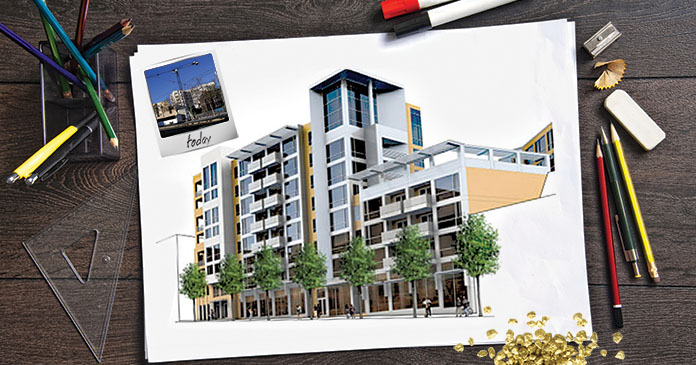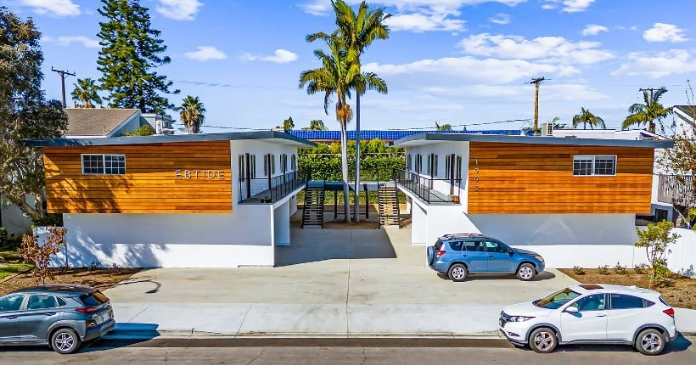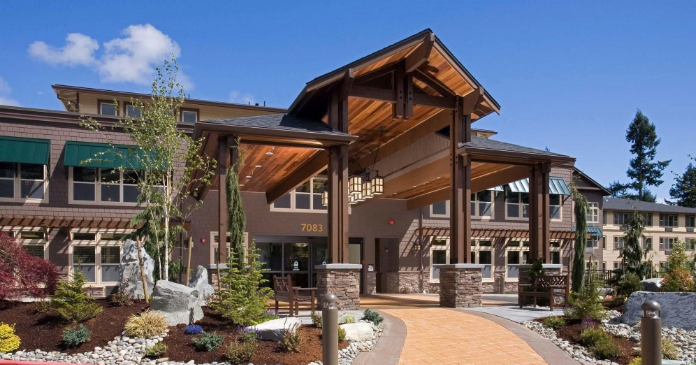Largely in response to the city’s growing technology sector, 22,000 residential units are in various stages of approval and construction. In a few years, residents could be signing leases for new addresses in South Beach, South of Market, Central Market and Mission Bay.
“There’s been so much approved over the last four years that’s never been built, so there’s essentially a backlog of projects waiting for financing,” said John Rahaim, the city’s planning director.
Since 2008, only about 1,710 units were built each year, compared with an average of 2,220 each year between 2004 and 2008, according to the department.
Now, five major dwellings that were approved before 2008 and stalled during the recession have been restarted. Developers have begun, completed or been cleared for construction on more than 2,000 units.
More are on the way. Eight residential buildings, with more than 1,300 combined units, received building permits last year. There are permit applications for another $1.6 billion worth of projects, Department of Building Inspection records show.
The upcoming construction boom, real estate observers say, gets its boost from a more stable economy, financiers once again being willing to invest and an incoming wave of employees at local companies like Twitter, Zynga and Salesforce. While some city-mandated affordable housing will be built, many of the new units will be priced beyond the reach of working- and middle-class residents.
“If these tech companies are moving in right now, where are all these people going to live?” asked Joske Thompson, a local real estate agent. “The demand is far greater than the supply right now.”
Coming back to life
One site that has come back to life is 1844 Market St., (pictured above), where construction will start in April.
Set to open in fall 2013, the $55 million building will have 113 rental units-99 market-rate and 14 affordable units.
For years, the site has been a dirt lot. In 2009, builder Joe Cassidy started work on condos there with permits and approval from the city. Then his construction loan fell through.
Last May, MacFarlane Partners bought the property and made plans to build again. One key difference this time: Companies that move to or stay in the Mid-Market and Tenderloin areas are now exempt from the payroll tax on new workers for six years. That sets the stage for Market Street to become vibrant again, starting with Twitter’s new headquarters at the former Merchandise Mart.
Pent-up demand
Greg Vilkin, president of MacFarlane Partners, believes the increased activity will translate into housing demand in Upper Market. He’s also switched the design from condos to rental apartments.
“There is a strong cohort that doesn’t want to buy—they want to rent,” he said. “They want the flexibility.”
Vilkin’s situation isn’t unique. A two-tower, 719-unit apartment complex at 1401 Market St., also approved as condos before the recession, was cleared for construction last year. Developers of 201 Folsom St., which stalled after getting approved in 2003, returned to the city last month with plans for a pair of towers with 671 units-50 fewer than before.
Real estate observers say these inhabitants will likely be singles and couples in their late 20s, as well as parents whose kids have left for college.
Urban living won’t be cheap. A two-bedroom apartment at 1844 Market Street will cost $4,500 a month, and a studio $2,500, Vilkin said.
“It’s easy to understand why housing is so red-hot right now,” he said. “There’s been no supply added and the demand is growing rapidly.”
High-end rentals
Rents in San Francisco are reportedly the least affordable in the nation. And the rental vacancy rate is 3.2 percent, a study released last year from the real estate firm Cassidy Turley shows.
One of the many feeling that crunch is Scott Rasmussen, a 24-year-old political consultant, who has looked—unsuccessfully—at 75 apartments in the last year. “I was just completely clueless as to exactly how difficult it would be,” he said.
Even if supply catches up with demand, some worry that working- and middle-class residents won’t be able to afford the rents.
The trend “favors the high-end housing market, not the entry-level stuff for the little guys,” said Tim Colen, head of the San Francisco Housing Action Coalition. “It’s a question of, ‘Who gets to live here?'”
There’s another question concerning observers: How long will it last?
There is always the chance, Colen said, that the events of 2008 could unfold all over again. “It was endless. It was going to be profits as far as you can see,” he said. “And then it crashes.”
Author: Stephanie M. Lee, sfgate.com















